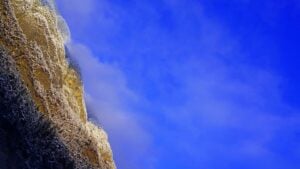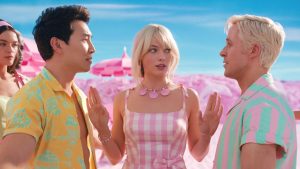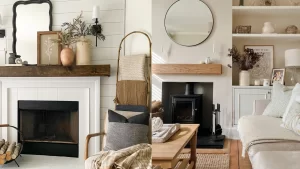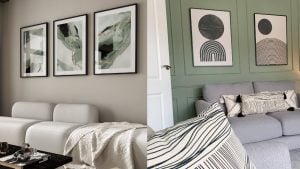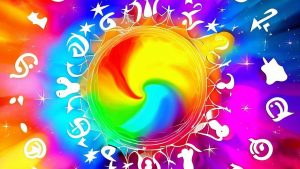Have you ever wondered what happens when you mix yellow and green together? The resulting color is a beautiful shade of green, often described as “lime green” or “chartreuse.” The exact hue depends on the proportions of yellow and green used, as well as the specific pigments in the paints. Let’s dive into the fascinating world of color mixing and discover the various shades of green that can be created by combining these two vibrant colors.
When mixing yellow and green paint, the resulting color will always be a shade of green. If there is more yellow than green, the outcome will be a bright, yellowish-green. Conversely, if there is more green than yellow, the mixed color will be a deeper, more saturated green. If equal amounts of yellow and green are used, the result will be a vibrant, balanced lime green.
In the digital world, colors are represented using the RGB color model. When mixing pure green (0, 255, 0) and pure yellow (255, 255, 0) in this model, the resulting color is a bright chartreuse green (128, 255, 0).
But the possibilities don’t end there! By adjusting the proportions of yellow and green, you can create a wide range of green shades. Here are some examples:
A vivid, bright green that leans towards yellow, created by mixing a significant amount of yellow with a smaller amount of green.
Lime Green
HEX: #32CD32
RGB: (50, 205, 50)
A color halfway between yellow and green, achieved by mixing roughly equal parts of both colors.
Chartreuse
HEX: #7FFF00
RGB: (127, 255, 0)
Spring green
A soft, light green with a yellow undertone, created by mixing a large amount of yellow with a small amount of green and white.
Spring Green
HEX: #00FF7F
RGB: (0, 255, 127)
A muted, earthy green with a yellowish undertone, made by mixing yellow, green, and a small amount of black or blue.
Olive Green
HEX: #808000
RGB: (128, 128, 0)
Pear green
A soft, muted green with a slightly yellow tint, created by mixing yellow and green with a touch of white.
Pear Green
HEX: #D1E231
RGB: (209, 226, 49)
Acid green
A bold, vibrant green that leans slightly towards yellow, made by mixing bright yellow and green neon pigments.
Acid Green
HEX: #B0FF00
RGB: (176, 255, 0)
Moss green
A subdued, natural-looking green with a yellow undertone, achieved by mixing yellow, green, and a small amount of black or brown.
Moss Green
HEX: #8A9A5B
RGB: (138, 154, 91)
Pistachio green
A light, slightly muted green with a yellowish tint, created by mixing yellow and green with white and a small amount of blue or gray.
Pistachio Green
HEX: #93C572
RGB: (147, 197, 114)
It’s important to keep in mind that the specific shades may vary depending on the type of paint or medium used, as well as the precise ratios of each color mixed together. Additionally, mixing paint colors is a subtractive process, while mixing light colors is an additive process. When mixing colored lights, yellow and green light combined will produce a brighter, more intense light that appears closer to white or a very light yellow-green.
Experimenting with color mixing is a fun and creative way to expand your artistic palette. By combining yellow and green in various proportions, you can create a stunning array of green hues that can be used in paintings, graphic design, or any other visual medium. So grab your paints or digital tools and start exploring the incredible world of color mixing!
